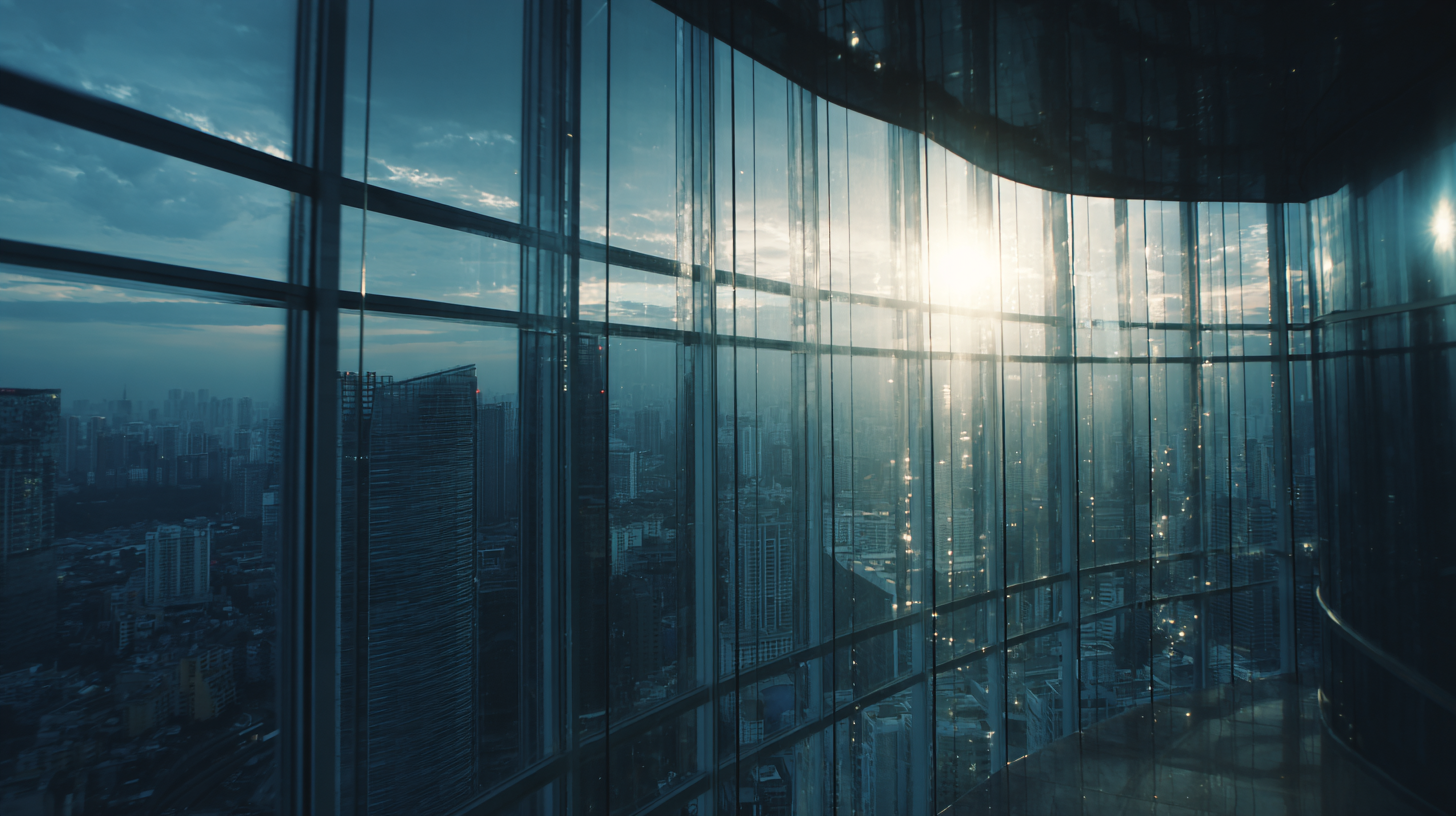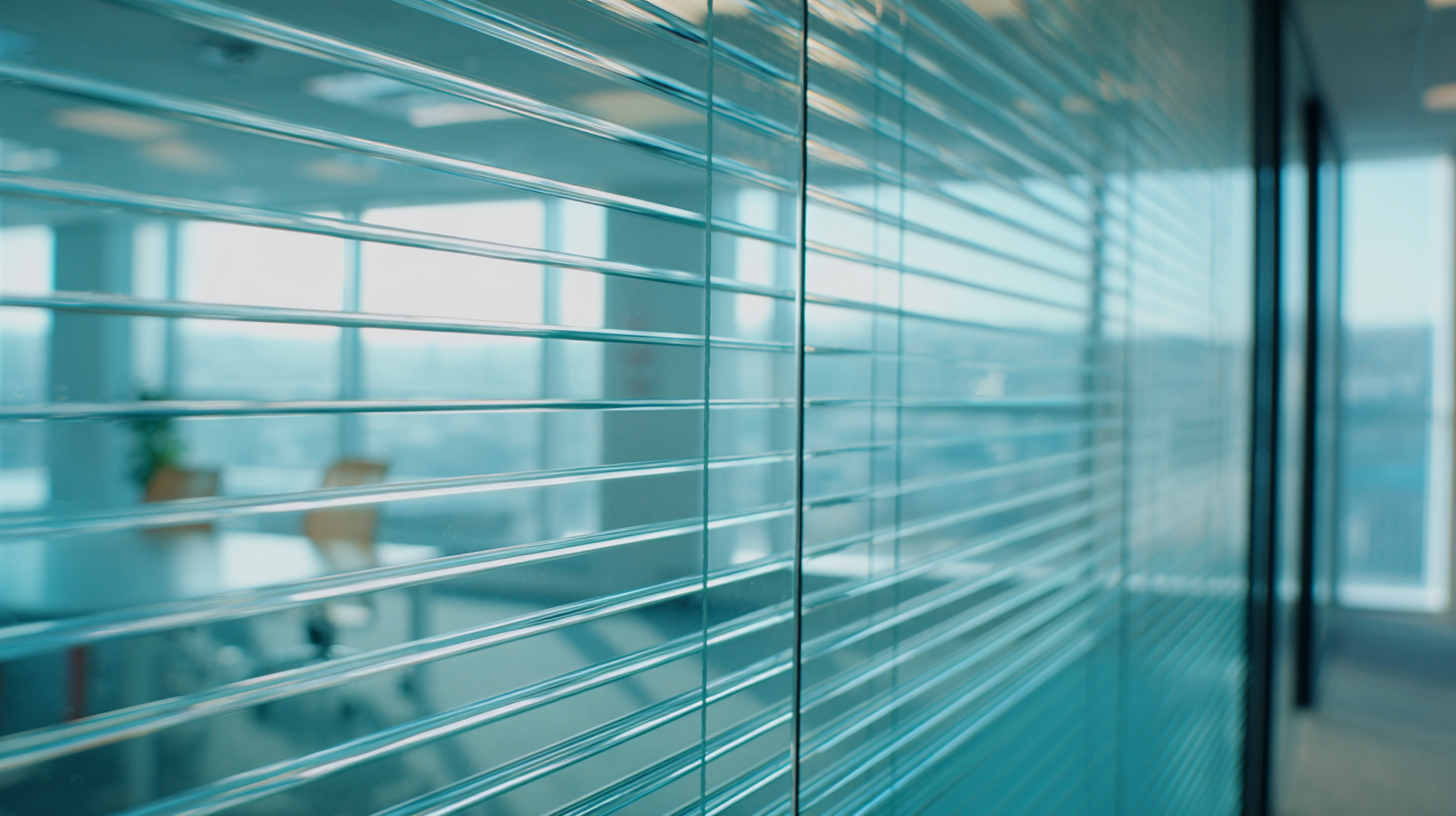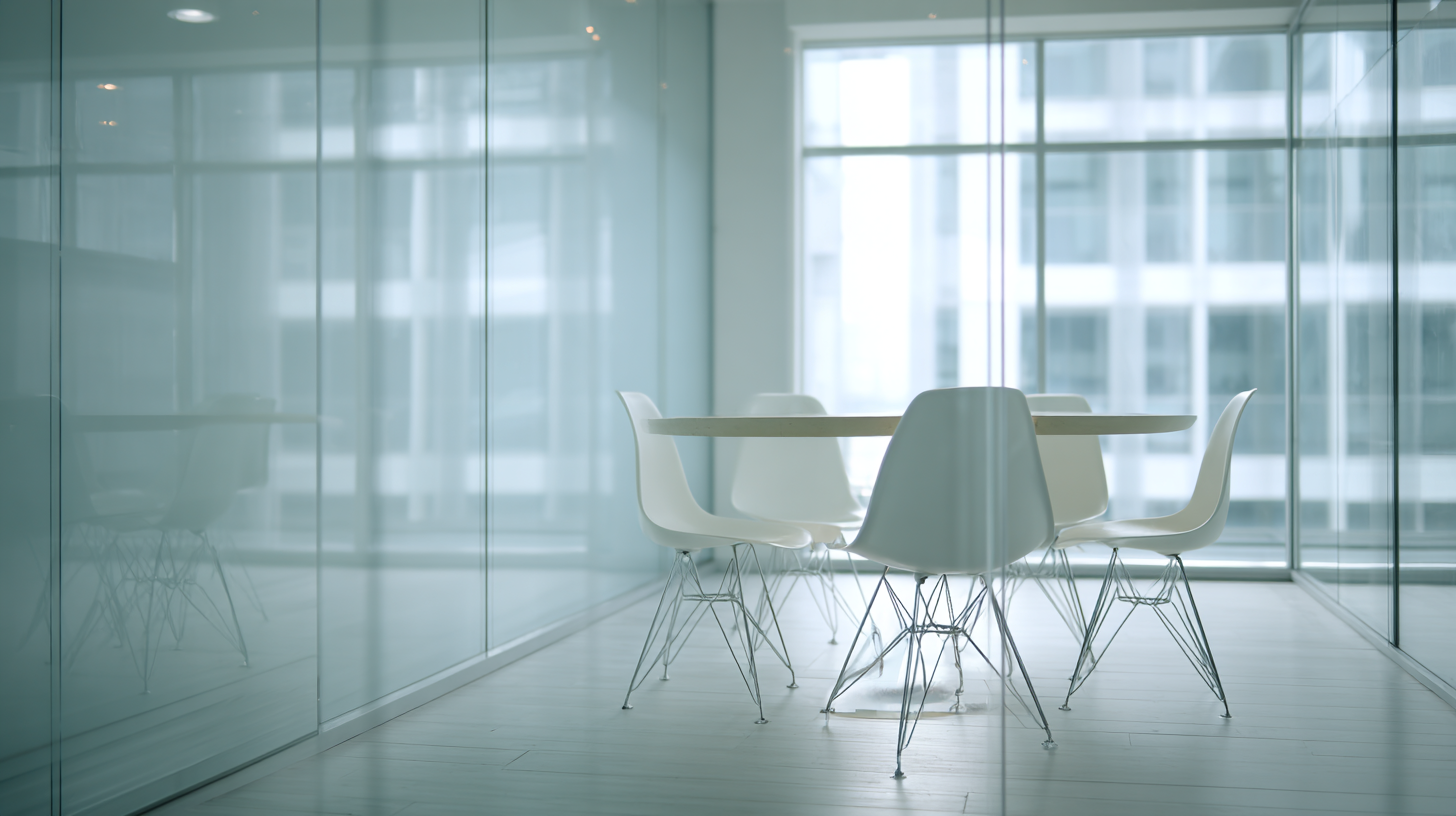
In today's rapidly evolving architectural landscape, the integration of technology and design has never been more crucial, particularly when it comes to enhancing energy efficiency and aesthetic appeal. One of the most innovative solutions available to architects and designers is Electrochromic Glass, a smart material that can dynamically change its tint based on external light conditions or user preferences. This remarkable technology not only enhances the comfort of indoor spaces by minimizing glare and heat gain but also contributes to sustainability by reducing the reliance on artificial lighting and HVAC systems.

As we look to the future of architecture and environmental design, understanding how to select the best Electrochromic Glass for your projects is essential. In this blog, we will explore the key factors to consider, the latest advancements in electrochromic technologies, and how they can be seamlessly integrated into modern structures to create spaces that are both functional and visually stunning.
Electrochromic glass, known for its ability to change transparency when an electrical charge is applied, has revolutionized architectural design and energy efficiency. This innovative material offers a host of benefits, including enhanced privacy, reduced glare, and improved energy management. By adjusting the amount of light and heat entering a space, electrochromic glass can contribute to lower energy costs, making it an attractive option for eco-conscious builders and homeowners.
When selecting the best electrochromic glass for your project, consider its key features. Look for specifications such as response time, durability, and color neutrality. It's essential to assess the manufacturer's warranty and the glass's lifespan, as these factors can significantly impact your project's long-term success.
Tips: Always request samples to evaluate the glass's appearance and performance in different lighting conditions. Additionally, consider the installation requirements and ensure that you're working with experienced professionals who understand the technology. By making informed decisions, you can unlock the full potential of electrochromic glass in your project.
When selecting electrochromic glass for your next project, evaluating the different types available is crucial to meeting specific needs. There are primarily two types of electrochromic glass: the single-layer and multi-layer systems. According to a report by Allied Market Research, the global electrochromic glass market is expected to reach $6.73 billion by 2027, highlighting the growing demand for advanced glazing solutions.
Single-layer systems typically offer a more straightforward installation process and are cost-effective, making them suitable for residential applications. However, multi-layer systems, while more expensive, provide superior performance in terms of energy efficiency and aesthetic appeal. The National Renewable Energy Laboratory (NREL) states that multi-layer electrochromic glass can reduce heating and cooling costs by up to 30% compared to traditional windows, significantly contributing to energy savings in commercial buildings.
Additionally, the choice between passive and active electrochromic technologies can impact your project's success. Passive systems are responsive to ambient light, while active systems allow for user control over transparency levels. A study by MarketsandMarkets indicates that user-controlled systems are gaining traction, projected to grow at a rate of 25% annually through 2025. Understanding these distinctions ensures that you select the right electrochromic glass type for your project’s requirements, enhancing both functionality and efficiency.

When it comes to choosing the best electrochromic glass for your next project, several critical factors should be taken into account. First, consider the specific performance features you need. Electrochromic glass can substantially reduce energy consumption by allowing you to control the amount of sunlight that enters a space. This adaptability not only helps in maintaining an optimal indoor climate throughout the year but also contributes to overall energy savings. Pay attention to the glass's tinting speed and its ability to switch between clear and tinted states effectively.
Another important consideration is the aesthetic and architectural compatibility of the electrochromic glass with your project's design. The visual impact of the glass should harmonize with other materials and elements within the building, whether commercial or residential. Additionally, the durability and maintenance requirements of the glass are vital in ensuring long-term performance and appearance. Opting for high-quality electrochromic glass will also enhance the overall value of your project, contributing to a more modern, energy-efficient building that stands out in the competitive market.
When selecting electrochromic glass for your next project, understanding the installation and maintenance practices is crucial for ensuring optimal performance. According to a report by Grand View Research, the global smart glass market, which includes electrochromic technology, is projected to reach $73.5 billion by 2025, driven largely by its energy efficiency benefits. Proper installation of electrochromic glass not only enhances these benefits but also prevents common issues that could lead to a decrease in performance over time. For instance, it’s essential to ensure a clean, debris-free surface is prepared prior to installation to avoid any imperfections that could hinder the glass's functionality.

Maintenance of electrochromic glass requires specific attention to ensure its longevity. A study published in the Journal of Building Performance indicates that regular cleaning with non-abrasive materials and avoiding harsh chemicals can prolong the lifespan of the glass and maintain its aesthetic qualities. Additionally, periodic inspections for any signs of wear or electrical issues are recommended to uphold the glass's optimal performance. Keeping abreast of manufacturer guidelines is also vital, as they often provide tailored recommendations based on the specific product specifications. Implementing these strategies not only maximizes the efficiency of electrochromic glass but also enhances the overall value of your project.
When considering electrochromic glass for your next project, budgeting is a critical factor. According to a report by Research and Markets, the global electrochromic glass market is expected to reach $1.5 billion by 2026, with a CAGR of 14.5%. This growth is driven by the increasing demand for energy-efficient and smart building solutions, making it essential to understand the cost implications of integrating this innovative glass into your designs.
Cost analysis of electrochromic glass can vary widely depending on factors such as size, application, and manufacturer. Typically, the price range can be between $50 to $200 per square foot. To optimize your budget, consider sourcing materials directly from manufacturers to cut down on middleman costs. Additionally, evaluating the long-term savings on energy bills due to enhanced insulation properties can significantly offset the initial investment.
**Tips**: Always request multiple quotes from different suppliers to ensure competitive pricing. Additionally, consider the lifecycle costs, including installation and maintenance, to gain a comprehensive view of the project’s financial requirements. By being mindful of these factors, you can masterfully incorporate electrochromic glass into your upcoming projects without breaking the bank.